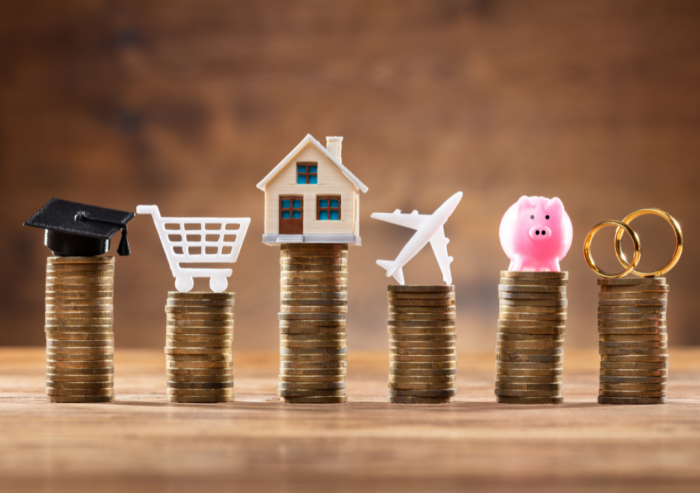In figures released by HMRC, it shows that more people have been drawn into the tax system in the last two decades. The data showed that there were 27.7m taxpayers in the year 1999 to 2000 this number has risen to 31.6m taxpayers in 2018-2019.
HMRC predicts that the UK will pay £199bn of income tax in the year 2021 to 2022 with the number of taxpayers rising further to a predicted level of 32.2m people for 2021-2022.
The estimates from HMRC are based on the projections of the 2018 to 2019 Survey of Personal Incomes and the Office for Budget Responsibility’s March 2020 Economic and Fiscal Outlook.
The number of basic rate taxpayers will sit at around 27m, this will be a 2.6% rise from 2018 to 2019 and they’ll make up 83.2% of income taxpayers. The data also shows that there will be a predicted 4.1m higher rate taxpayers in 2021 to 2022 and they will make up 13.1% of income taxpayers.
HMRC believes that the biggest growth will be amongst additional tax ratepayers who pay income tax at a rate of 45% in England, Wales, and Northern Ireland and 46% in Scotland. HMRC has estimated that there will be 440,000 more additional ratepayers in
2021-2022. This is figure is up 10.3% from 2018-2019.
The figures show that Northern Ireland had the lowest number of income taxpayers at 2.5% in 2018 to 2019, followed by the North East at 3.7%. The South East was shown to have had the highest number of income taxpayers at 14.8% in 2018 to 2019, while London had the second highest at 13.5%.
HMRC state that the number of additional taxpayers has jumped due to the threshold being frozen at £150,000 since 2010.
The number of people being brought into the basic and higher rates of income tax between now and 2026 is likely to rise also due to the decision from Chancellor Rishi Sunak, to freeze the personal allowance at which people start paying income tax at £12,570 until April 2026, rather than rising with inflation.
This freeze, projected by the Independent Office for Budget Responsibility projected, is likely to cause 1.3m individuals into the income tax net and lift 1m taxpayers into the higher tax bracket by 2025 to 2026.








